What I used for reference –
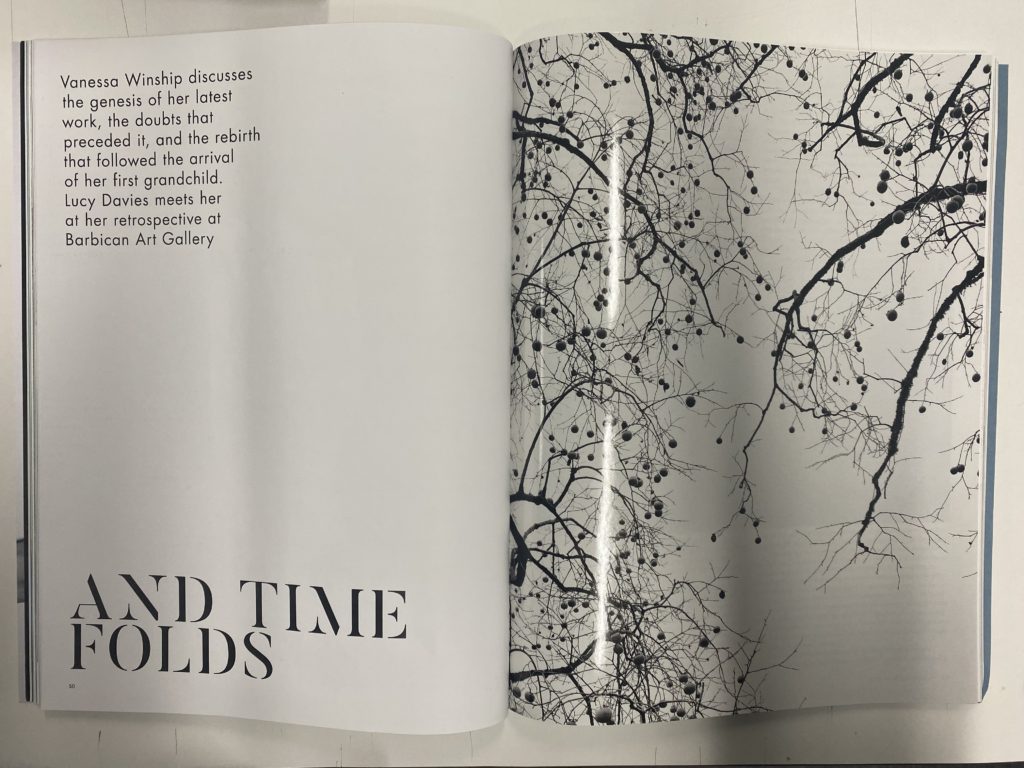
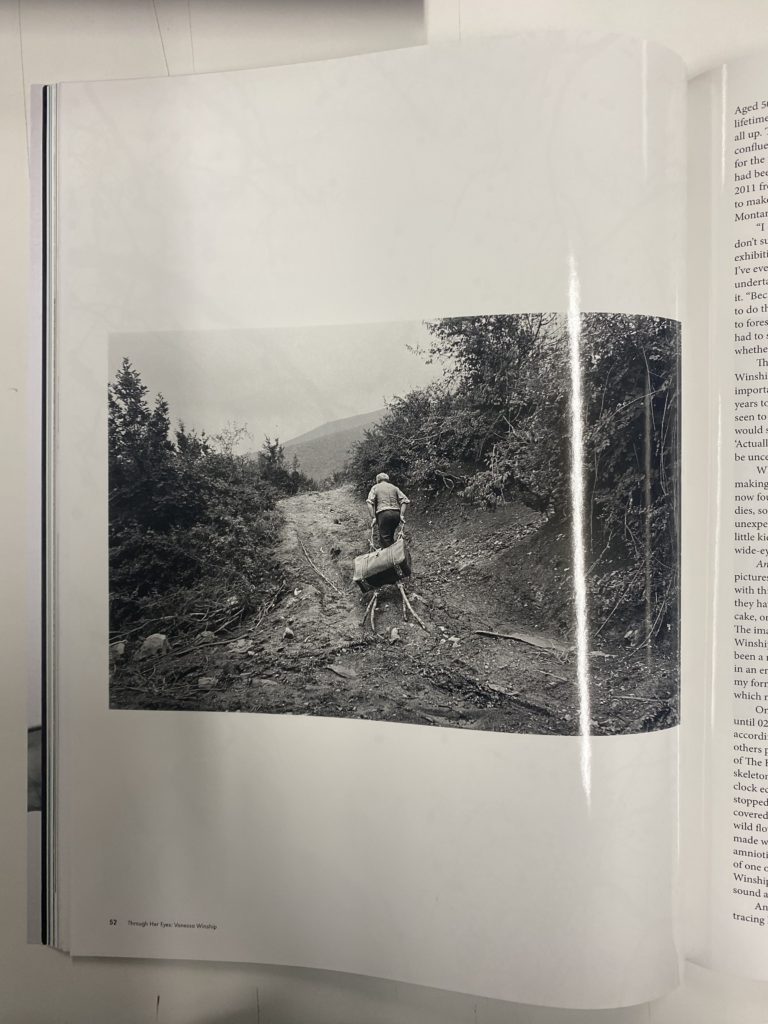
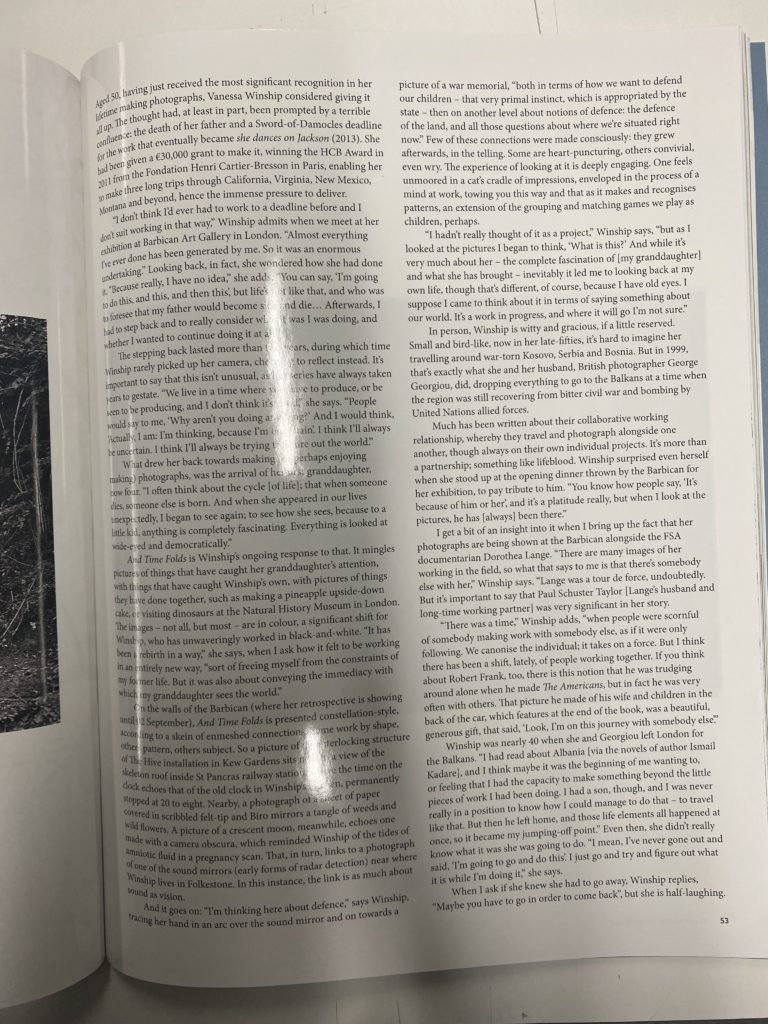
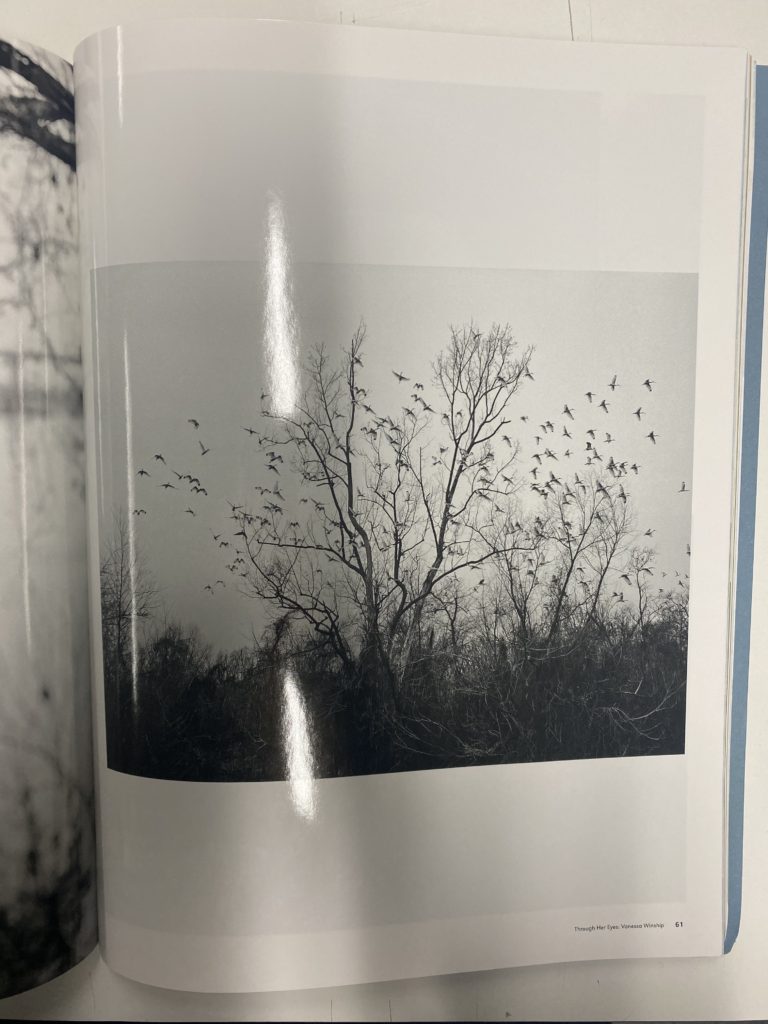
For extra help when creating my case study, I used a interview I found with in the British Journal of Photography and a Vogue interview by Rica Cerbarano. These sources were both valuable ways in finding out more about Vanessa Winship’s project on Weather.
Research –
- Vanessa Winship focuses on contemporary photography, most of her work being in black and white but as times have changed, she has brought slight colour into her photographs as well.
- She studied at the Polytechnic of Central London during the 1980s when the practice of photography and cultural studies was on the rise.
- Her work focuses on identity, vulnerability and the body



Furthermore, I’m actually beginning to enjoy the possibility of how my work can speak differently if it’s color, but perhaps in a certain way there’s a slight mourning that there is a shift away from how I’m known.
Vanessa Winship
3 Key quotes –
1. “There was this incredible swirling snow: it was weather that I’m not used to and that I’m not comfortable in.”
I chose this quote because I think that it shows how Vanessa Winship went out of her comfort zone when creating her photographs regarding weather. I agree with how she has said this quote in the article, because I think that this shows how you need to be fearless and adventurous when taking photographs because you can achieve the best outcomes when you go and photograph something a little different from what you are used too.
2. “I guess this happens when you’re out in the landscape and you stop and make an image… I kept stopping and walking into the landscape itself. And of course when you have a camera, it becomes a tool of confession.”
I agree with this quote from Vanessa Winship because she explains how you can just walk into a landscape and realise how beautiful it is and want to capture its beauty, while using the camera as a tool which is used to show others of what you have discovered. This is because the camera is, metaphorically and physically, a tool that is used by photographers to confess what they are photographing and why they have chosen to photograph it for a project they may be working on or to tell a story to other people.
3. “So if you stop at a house minding your own business for example, you’re existing in someone else’s space. I made a number of images around a particular landscape [with a house],”
I chose this quote from Vanessa Winship’s interview which she did because I agree with how she states that as photographers, sometimes we have to exist in other peoples spaces to an extent while being respectful of our surroundings. This is because, as photographers, we rely a lot on creating our images around a particular subject which may include houses, public spaces, people, etc and we need to be mindful while taking into consideration that we are in or on someone else’s property. This is then where she further explains how she engaged in a conversation with an owner of a house while creating a number of images which revolved around a house that she stumbled upon and wanted to experiment photographing.
Image analysis –
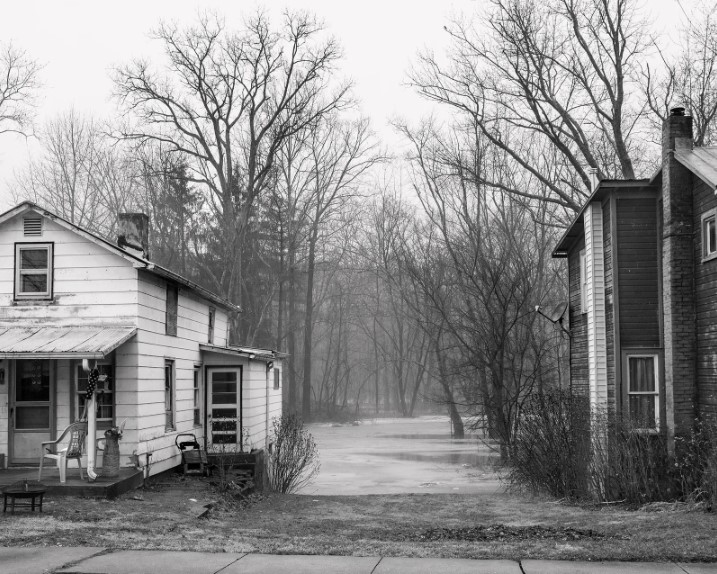
For this image which I have chosen for my image analysis of Vanessa Winship’s work, is a part of Winship’s latest project which is called ‘Snow’ and was published on March 15, 2022, it focuses on the different aspects of weather in different landscapes, as well as capturing its beauty. I decided to give this image a further analysis conceptually and contextually because I thin that it successfully shows to others how there is a main focal point with a follow up which is found within the photo which catches your attention almost immediately. This is the way that the photo is framed through the houses being on either side, and due to the photo being captured in black and white, they create a contrast against another which can suggest how the people who may live in them may be complete different people and this contrast is shown strongly through their homes where they live. I also like how there is only half of each house which has been photographed in each photo as it shows how there is a path which leads straight down the middle into the forest behind them, this is the other focal point of the photo. This is due to the fact that it can link the houses/people who live in them together because the path which is created leads your eyes down and want to look further into the photo as to why they live here and what is in the forest, because on first appearance it appears quite bleak and cold, creating a gloomy atmosphere which creates this feeling of solidarity between the people who live here, making you wonder what can be found in this beautiful forest.
